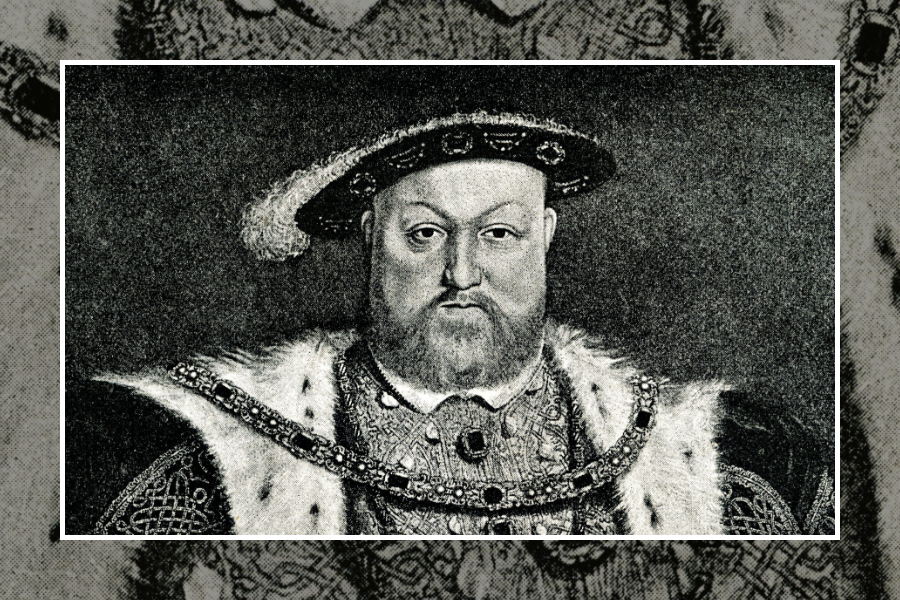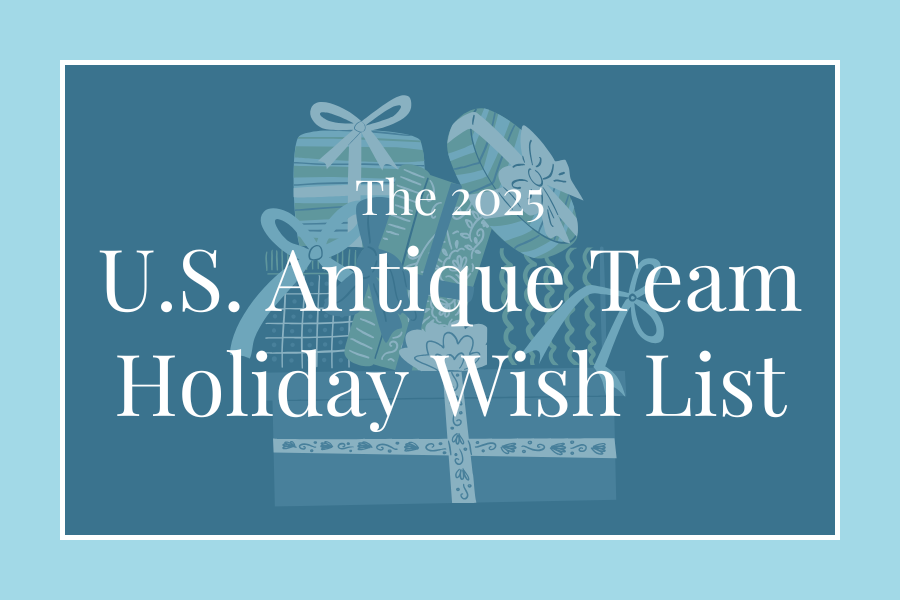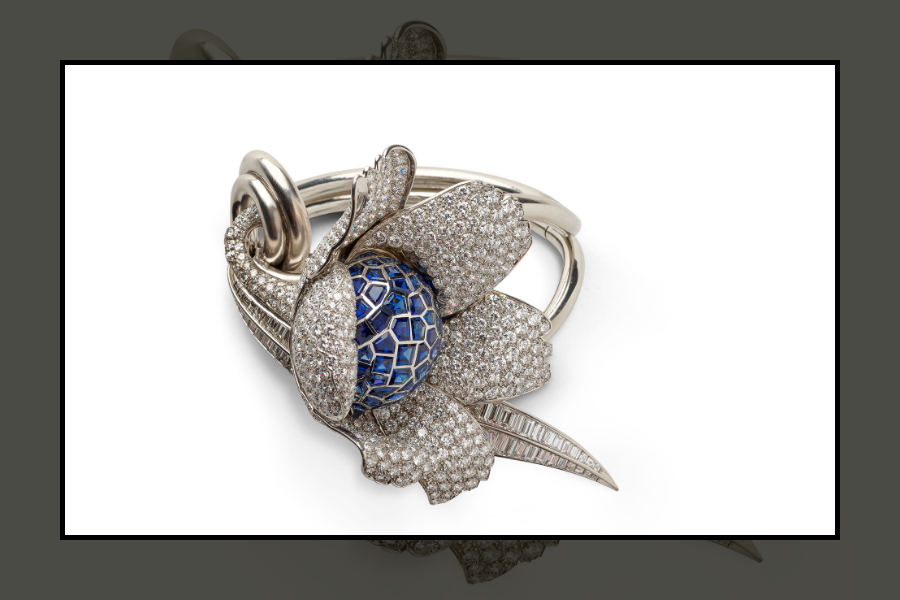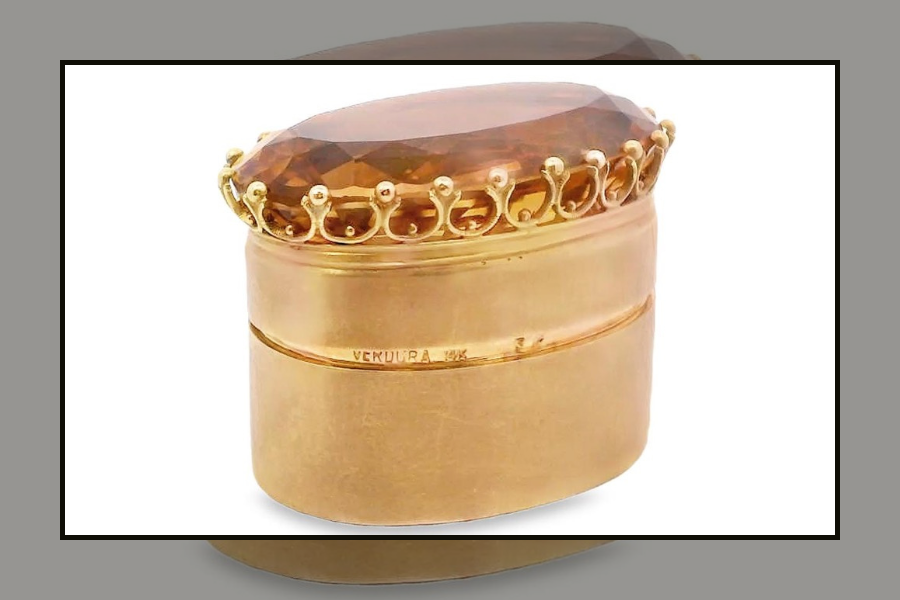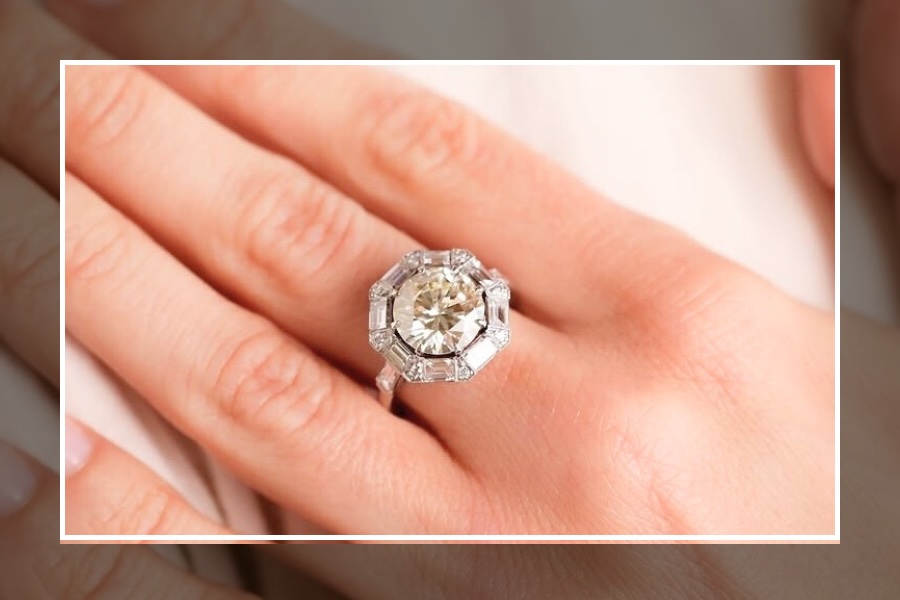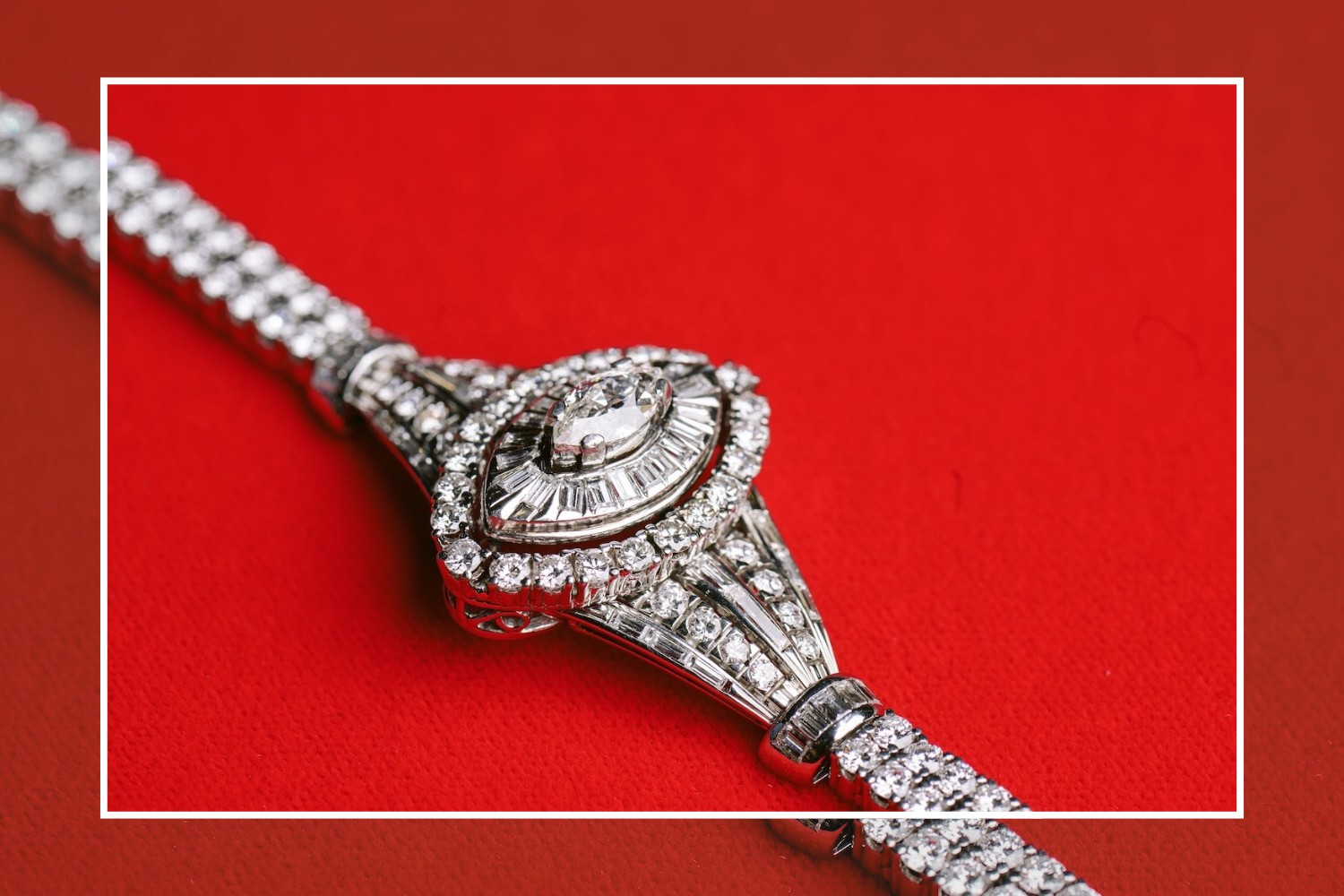One of the greatest appeals of fine jewelry is its ability to tell stories. It is also a unique means of personal expression, providing the opportunity to let one’s jewelry do the talking. A recent article in the New York Times further highlights the transcendental power of jewelry by revealing the fascinating role jewelry has historically played in navigating the complexities of intrigue, state secrecy and survival. The piece also showcases how jewelry has been instrumental in giving voice to the voiceless—namely, women—during periods of time when they were being systematically silenced.
In “Decoding the Defiance of Henry VIII’s First Wife,” the author examines the recent discovery of Vanessa Braganza, a Ph.D. candidate in English at Harvard and a self-described “book detective.” While mining through the digitized images of the “Jewellery Book,” as the collection of drawings by the Tudor court painter Hans Holbein is known, Braganza encountered a pendant that particularly piqued her interest. The piece featured a cipher, which was a common practice for sending secret messages during the Renaissance period. After spending the day with the tangle of letters, through a process of elimination, Braganza realized it spelled out HENRIVCS REX and KATHERINE, the names of the king and his first wife, Catherine of Aragon.
Given the king’s reputation as a lothario, the combination of his name and one of his many love interests in a piece of jewelry isn’t, on its face, anything to think twice about, however, when Braganza cross-referenced the dates Hans Holbein was at court, she argues that it was Catherine herself who had the piece commissioned. This was during the time when the king was fully entrenched in his long battle to legally cast Catherine aside so that he could marry Anne Boleyn, so by commissioning the piece during this time period, Catherine was making “…a brazen assertion of her lifelong claim to be his one true wife and queen.” If Braganza’s speculation is correct, the pendant, which was evidently made to be worn, was a clear showcase of Catherine’s strong and defiant character, even as her errant husband made every effort to diminish her stature.
In a presentation she made at Harvard in May of 2022 entitled “The Secret-Seekers: Renaissance Writers and the Birth of Code,” Braganza points out that the act of using ciphers to create coded messages was a way to “Liberate voices by locking them up.” She specifically highlighted the nearly two decades of imprisonment of Mary Queen of Scots and the elaborate methods she devised to communicate her plight through her adept use of ciphers. The Times article posits, “Braganza’s work is part of what can be seen as a more feminist turn, as scholars have increasingly considered how ciphers and other forms of hidden communication preserve the lost voices of women.” It also sheds new light on jewelry’s ability to speak volumes.

